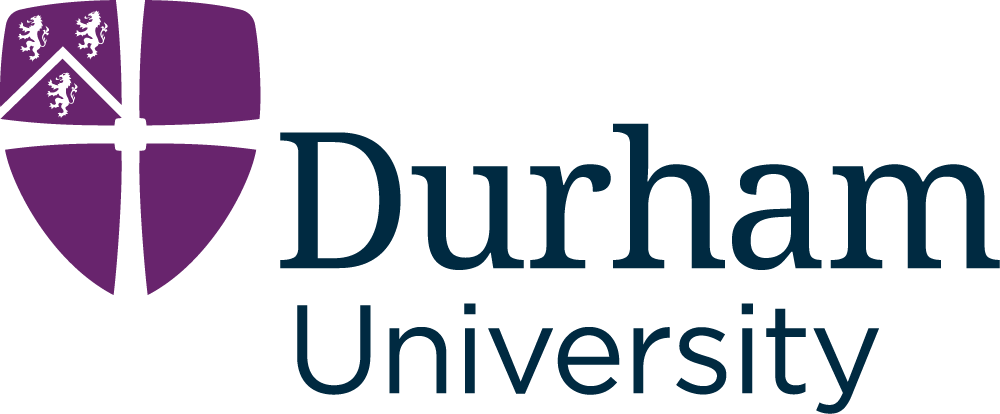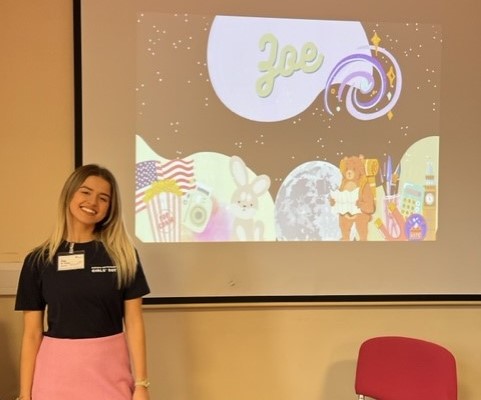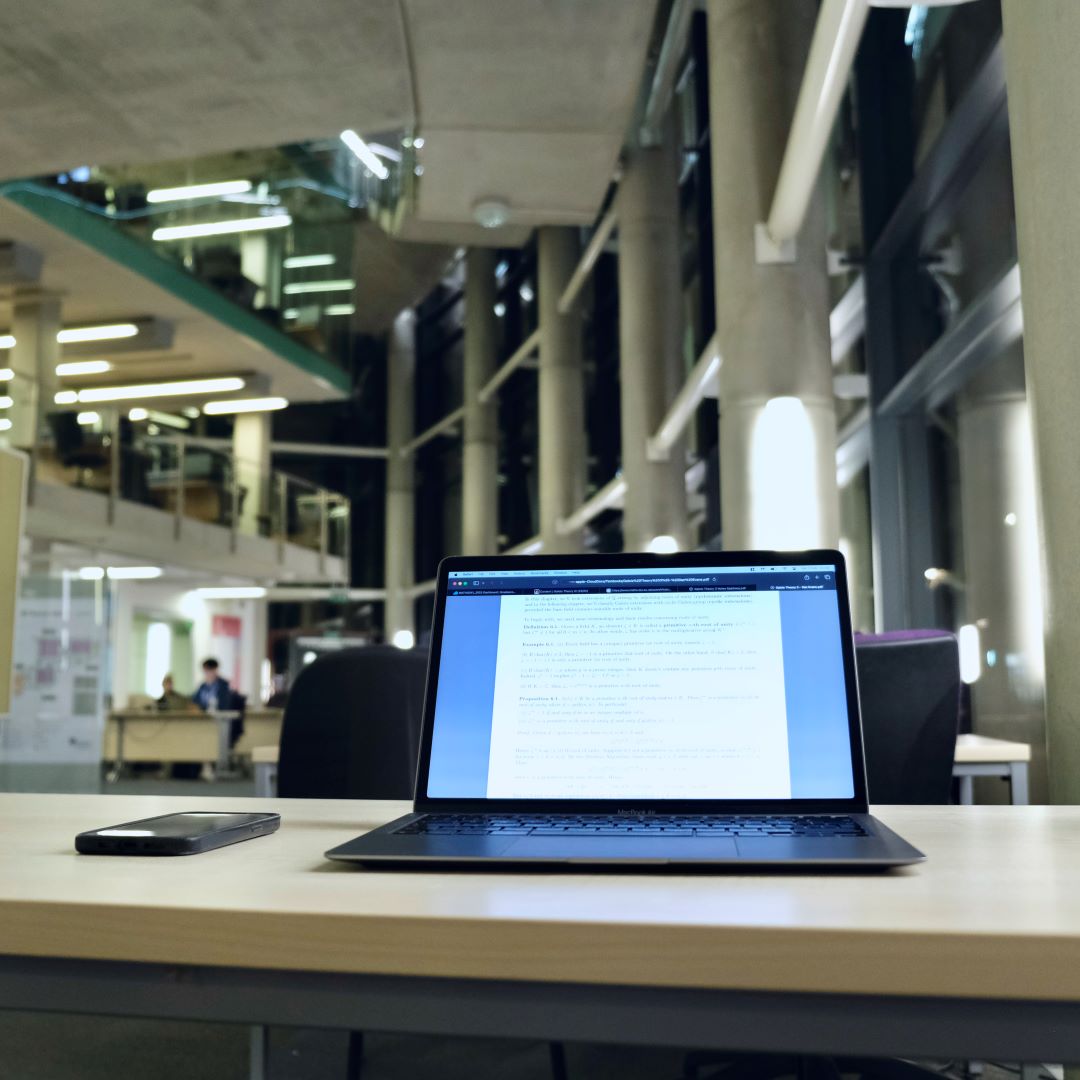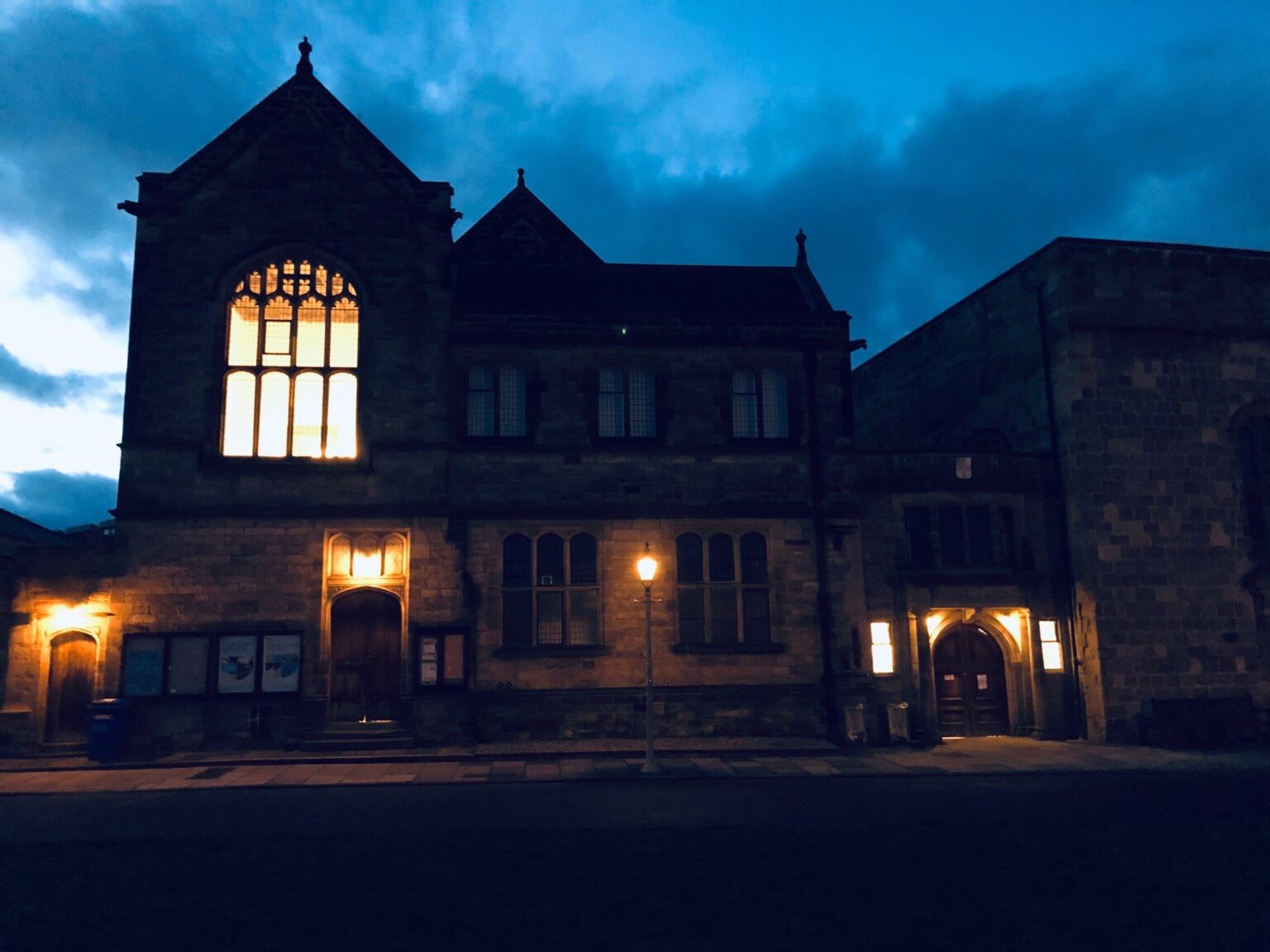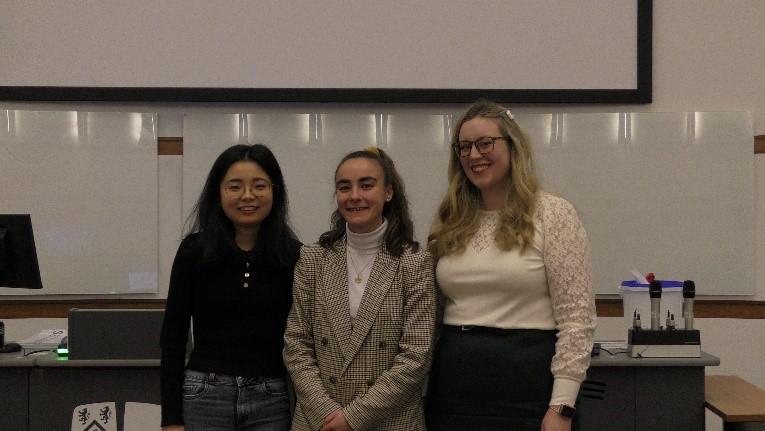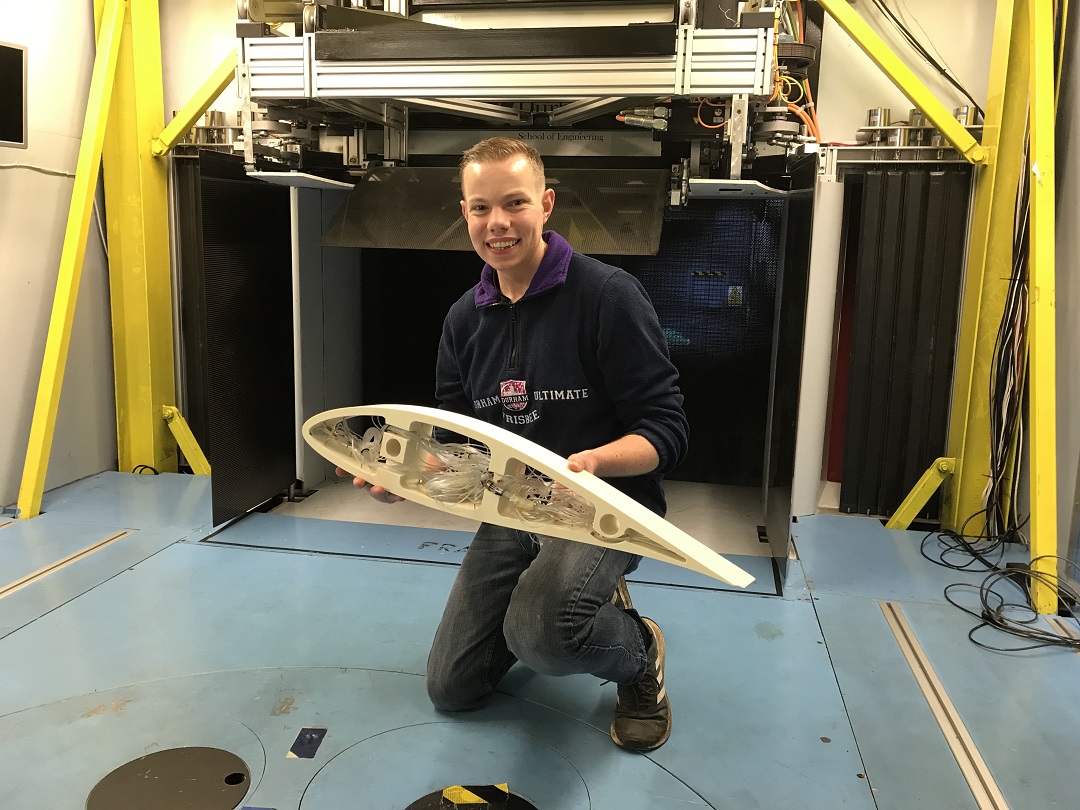Last year I completed my PhD on planetary giant impacts in the Institute for Computational Cosmology at Durham University, and am happily continuing to work on similar things. Our solar system used to be a much more violent place, with early planets crashing into each other to create the worlds we see today. Since we can’t currently make and collide planets in a lab, we use supercomputer simulations to study what happens.
A few months ago I should have started as a NASA postdoctoral fellow at the Ames Research Centre in California, but the current travel restrictions are delaying that for now. So I’m very lucky that I can work from home and stay employed as a postdoc at Durham in the meantime.
I started in Durham as a Physics undergraduate. I was fortunate to receive a few PhD offers, so choosing to stay was a nice but tough choice that I suppose came down to known greats here against unknown probably-also-goods elsewhere. The fact that the topic here was planets smashing into each other certainly helped.
The largest single project in my PhD focused on the collision thought to have knocked the planet Uranus over to spin on its side, using about 1000 times higher resolution simulations than ever before, revealing all sorts of new details. This image shows a cross-section snapshot from one of these 3D simulations using over 100 million simulation particles to model a planet twice the mass of the Earth colliding with the early Uranus. This could have caused the planet’s odd tilt – spinning on its side with an obliquity of 98° – and might also help explain other mysteries such as the planet’s extremely cold exterior and strange magnetic field.
This was made possible by the open-source SWIFT simulation code, which was designed primarily in Durham to make the most of modern supercomputers (which basically means a large number of normal computers working together in carefully efficient ways). I was nervous at first to get involved with such a high-level computing project, but it has been a fantastic experience to join the large team of programmers and astronomers working together.
The rest of my research was, at first, mostly by myself with my (brilliant) supervisors. They have been truly inspiring and supportive, and the environment of being more like colleagues than managers was another great part of the PhD. The upside of being in a small group was the freedom to focus on the topics that I wanted to. It also meant that I got to work on all aspects of the project – from the programming development, through the planning and running of the simulations, to the analysis and making the pretty pictures out the other end. Two more PhD students have since joined our planetary team, so it’s thrilling to see the group grow with them both building on things I started and branching in brand new directions.
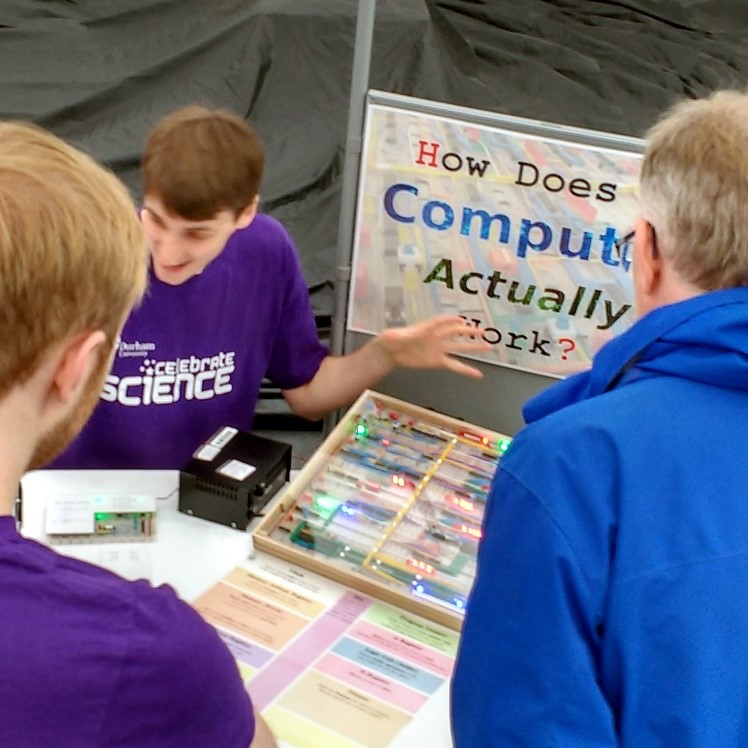
One highlight has been the media engagement I’ve had following the press releases we put out alongside some of the published papers. For example, the Uranus project got me invited to a segment on the Science Friday radio show with (I was glad to discover only afterwards) over a million listeners and of course, all the puns in article headlines. That said, the moment I knew we were really reaching people was when I started getting entertaining emails from Flat Earthers. I have also loved doing local outreach at schools and festivals, including making new exhibits with other students for the Royal Society Summer Science Exhibition and other events.
My PhD ended on a high note with my thesis being nominated and accepted for a Springer Theses award, and I’m keen to continue in academia doing hopefully more of the same type of research! I recently completed a project on the atmospheric erosion caused by giant impacts, and am excited to push on to the next one.
Discover more
Our Department of Physics is a thriving centre for research and education. Ranked 4th in the UK by The Guardian University Guide 2022, we are proud to deliver a teaching and learning experience for students which closely aligns with the research-intensive values and practices of the University.
Feeling inspired? Visit our Physics webpages to learn more about our postgraduate and undergraduate programmes.
Find out more about Astronomy and Cosmology at Durham here.
Other useful links
